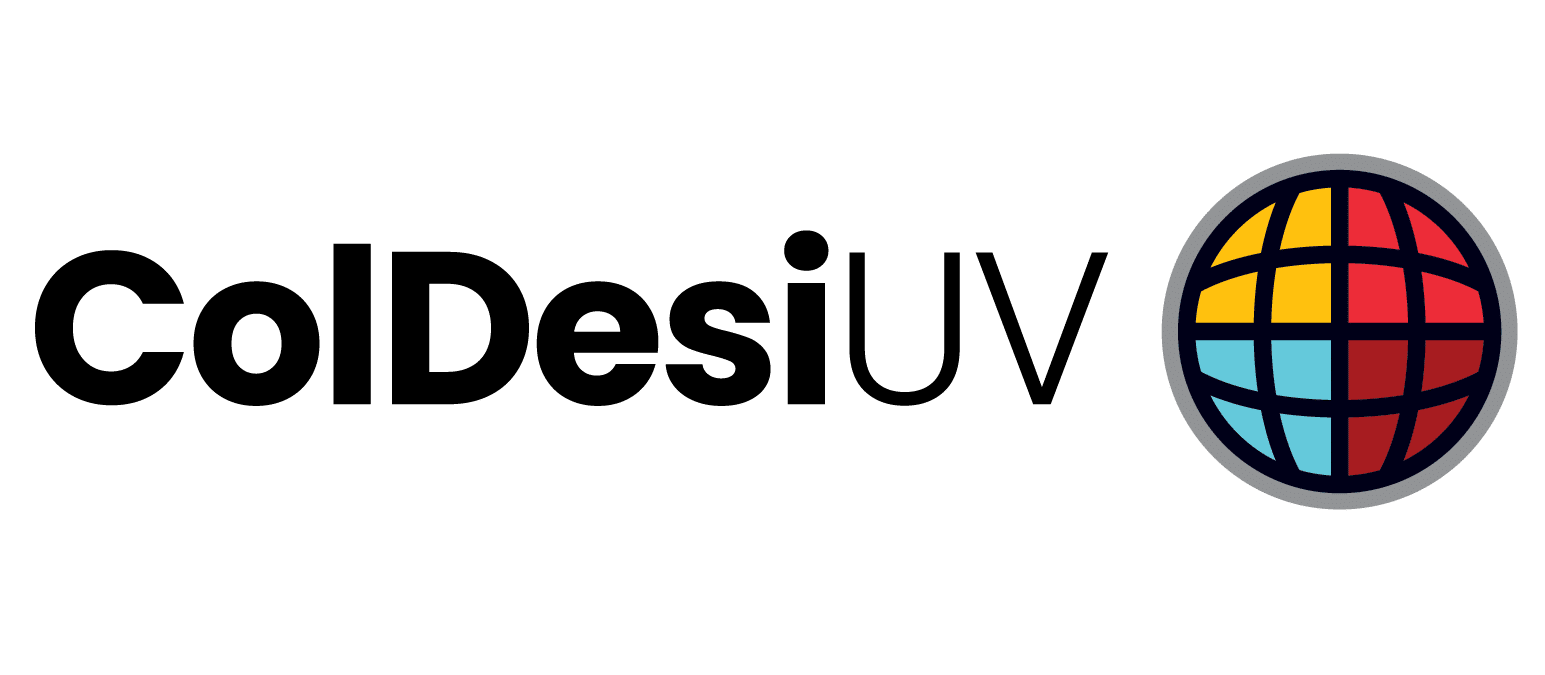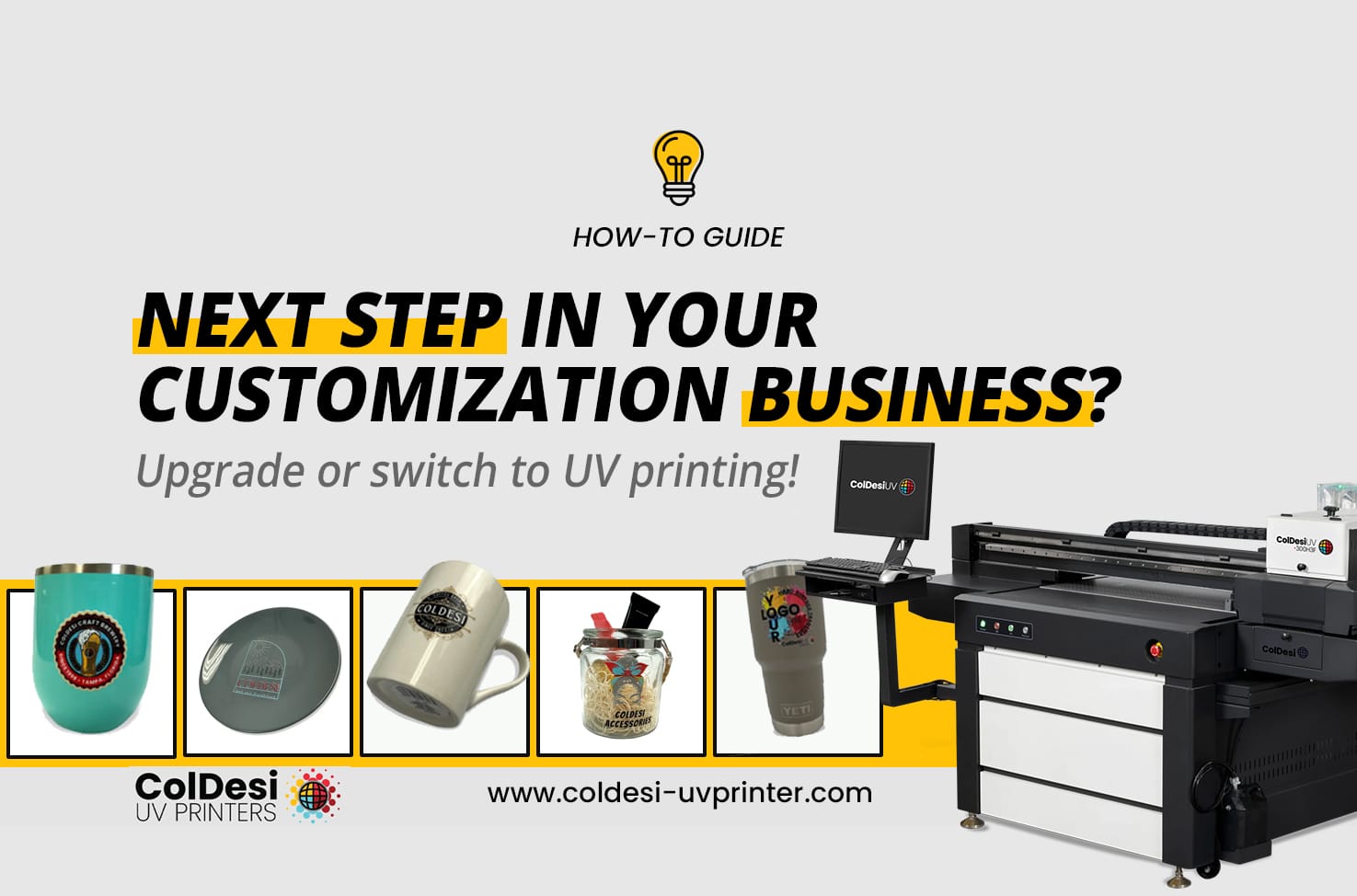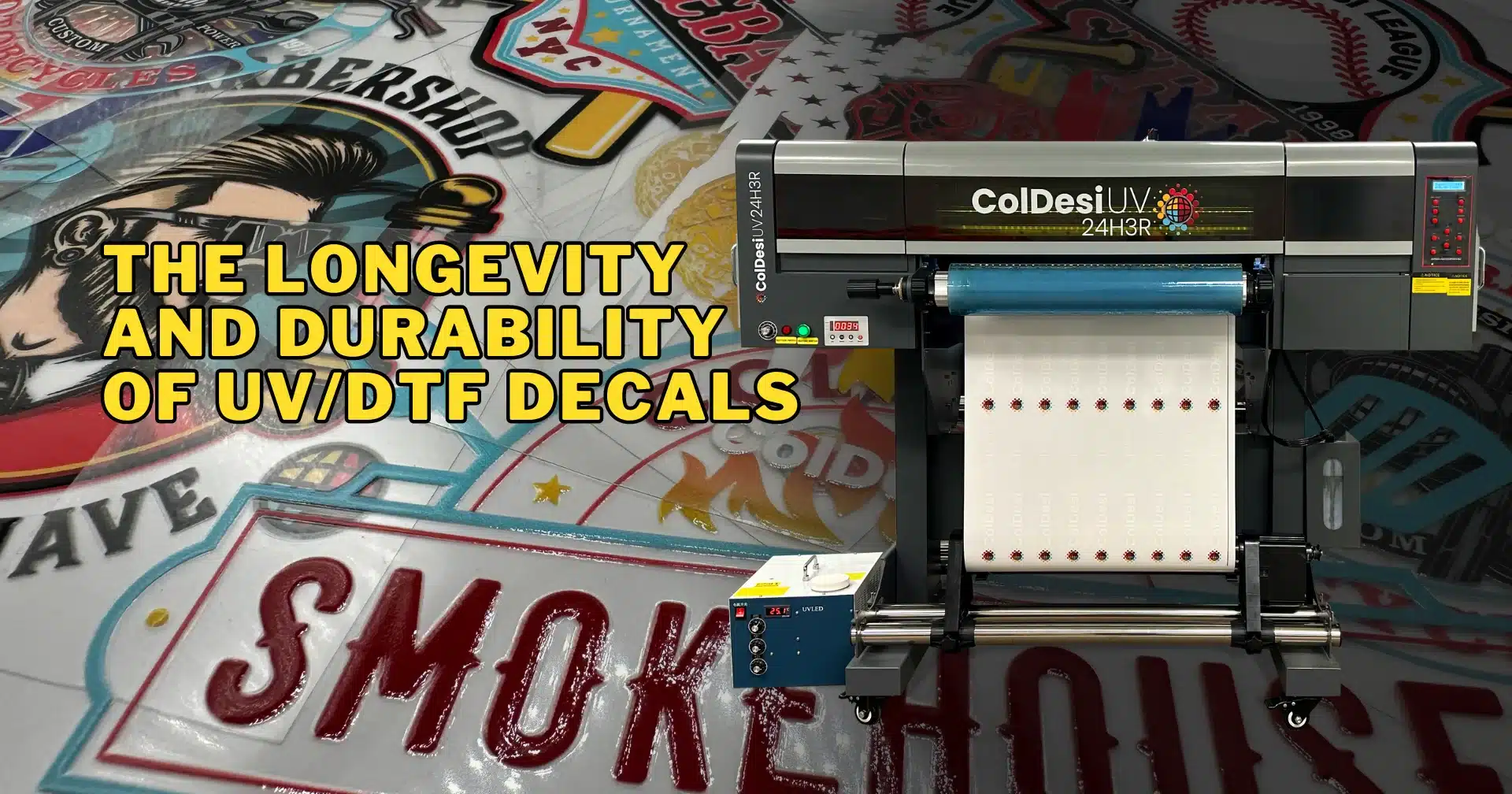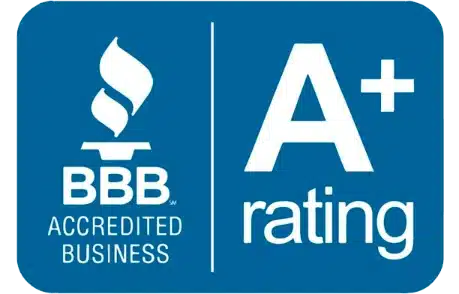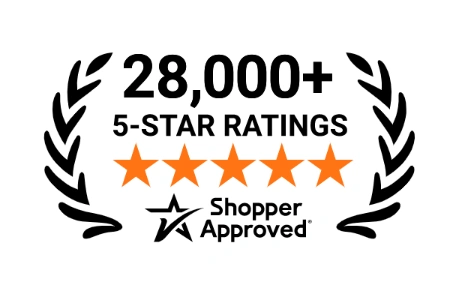If you’re looking for ways to expand your business, one fantastic opportunity for growth is in the Braille signage marketplace.
Graphics and/or Sign Companies Already Have Most of the Skills Necessary
From the perspective of a graphics company the opportunity exists in the signage arena.
For starters, there are some specific guidelines for Braille signage guidelines.
With the proper software, (like the Braille module for the Compress Designer and RIP) a lot of the specifics of sign layout are handled automatically. Braille translation, positioning, and sizing are all controlled by the software.
This helps the user to confidently start making tactile signage. But useful signage is not just about Braille.
Directional signs and other signs that do not feature pictograms can also be printed with a UV printer.
Braille signs are currently done a number of ways – laser and rotary engraving, photopolymer, cast metal, raster Braille (spheres/beads inserted into drilled holes) – all of which take a lot of time and some of which are not “custom signage” friendly or cost-effective.
With a UV-LED printer, you can quickly start producing custom Braille signs in-house to open a whole new income stream – oftentimes selling to existing customers who already need to add compliant signage to their buildings.
How Big IS the Market Anyway?
So, what is the big deal about this marketplace? How many signs could really be needed?
Let’s look at the rooms that require Braille signs:
- Restrooms for:
- Men
- Women
- Family
- Gender Neutral
- Baby Changing Station
- Handicap Accessible
- Combinations of all above
- Maintenance Closets
- Volume Control
- Electrical Rooms
- Classrooms
- Laboratories
- Examination Rooms
- Break Rooms
- Kitchens
- Fitness Centers (in hotels and offices)
- Storage Rooms
- Rooms with numbers (or Number/Letter designations)
- Locker Rooms
- IT Room
- Webinar/Video Rooms
- Plus, many more
And signs designating:
- Fire Extinguishers
- Emergency Exits
- Standard Exit Signs
- Escape Routes
- Floor Numbers at stairs and elevators
- Roof Access information Signs
- Elevator Emergency Restriction Signs
- AED Signs
- Other General Life Safety Signs
- Plus, many more
On top of these there are requirements for other sign types that do not require Braille or raised characters but do have specific font and symbol requirements:
- Directional Signs
- Accessibility Signs
- TTY Signs
- Volume Control Telephone Signs
- Assistive Listening Systems Signs
- Plus, many more
These are not exhaustive lists! It becomes evident that this is a huge market and a huge opportunity. It is a great way to sell additional products while also helping your customers assist those with special needs and also complying with the law. Sounds like a win-win scenario.
Notice the Signs Around You
The next time you are in an office building, notice all the braille signage you’ll find. You might be surprised by a couple of things. Number one – just how many signs are there in the building, especially noting how many of them are signs that could be done on a UV-LED printer.
Remember, somebody sold those signs to that company – it could be you the next time selling the signs!
Number two, are there any places/rooms that you feel should have braille signs that do not? If so, then that’s your opportunity to start a conversation about helping them come into compliance. You may find that your market opens tremendously!
What Equipment Would I Need?
If you discover that the opportunity is there, you’ll need the right equipment and software to get started. You’ll also want to set up some excellent training and make sure you have some great support on hand if needed.
What is required to start printing Braille signs?
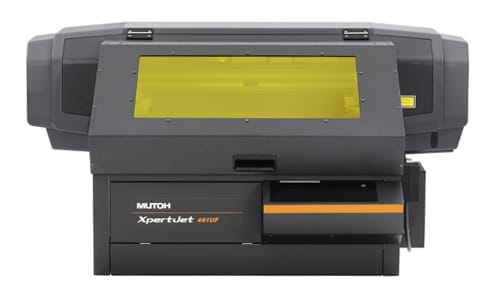
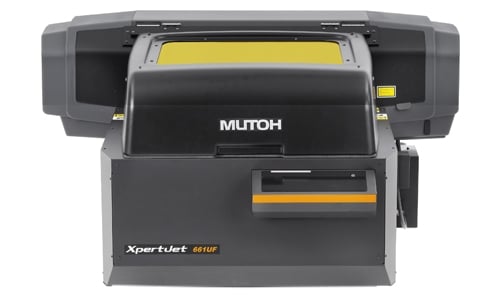
First: A UV-LED printer like the Mutoh XpertJet 461UF and XpertJet 661UF UV Printers, Design and RIP software like Compress Designer and RIP provided by ColDesi, Inc. with the Mutoh printers.
Second: You’ll need to source UV print-ready blank materials that meet the right criteria. There are a number of vendors on the market for these materials – find one that you are comfortable with and stick with them, so you know that the quality of the materials is consistent and inventory is in stock.
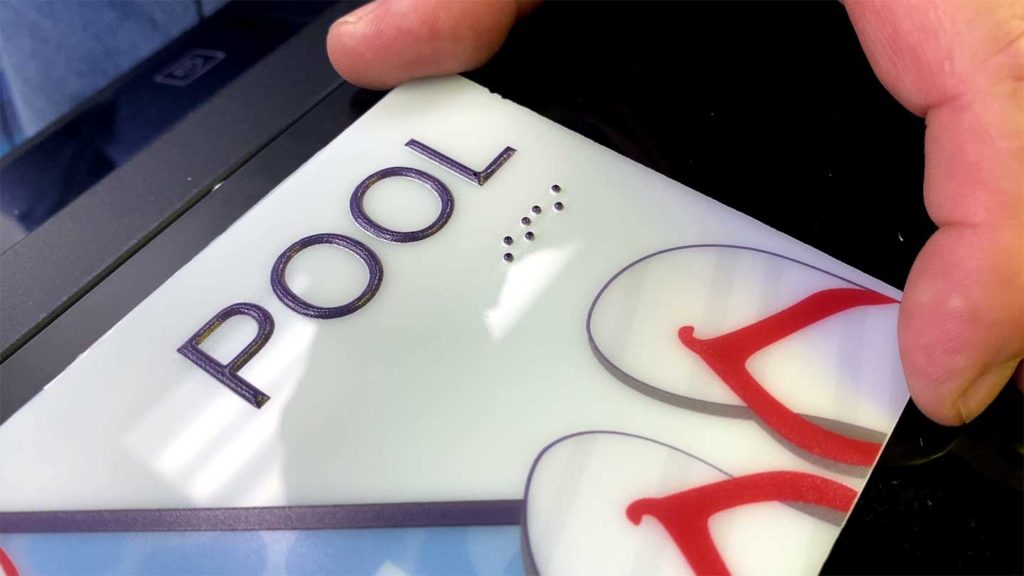
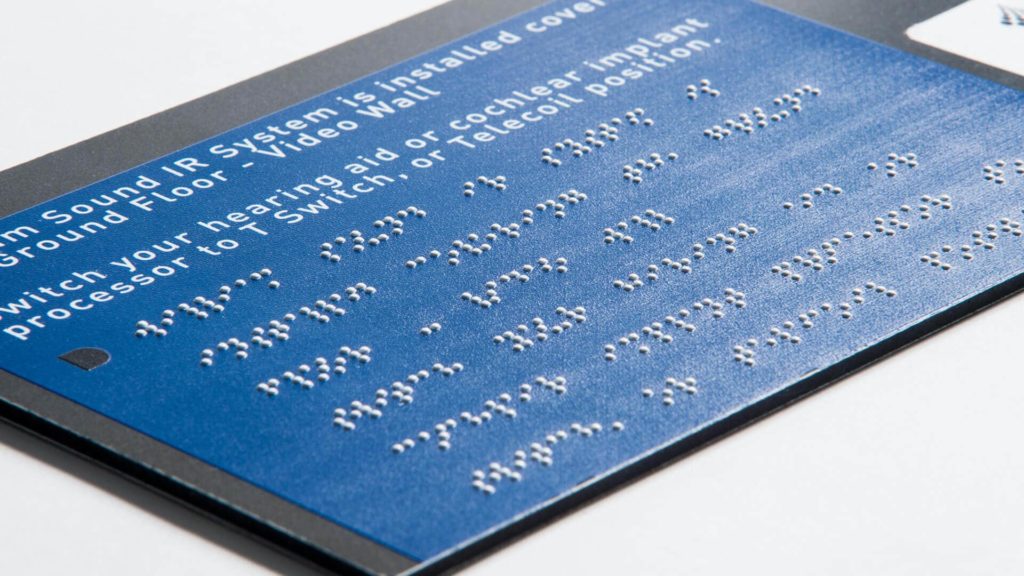
Braille signage can be challenging. You will get to stretch your creative muscles while working with decorators/designers of buildings that are not looking for traditional white on black or blue signs disrupting the look and flow of their internal design
It is even possible to incorporate graphic features, company logos, even photo images, into Braille signage while still meeting the requirements.
And, by the way, adding Braille printing to your business will likely bring new customers that can lead to other, non- Braille-related work. And that is what it is really all about – growing your business!
